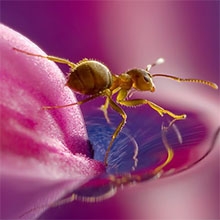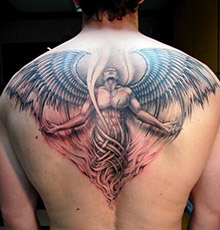Bird photography is one of the most popular genres of nature photography. This should come as no surprise since birding is one of the world’s most popular pastimes! Bird photography is also a very challenging endeavor, requiring specialized skills and equipment – one does not simply pick up the camera used for family vacation photos and capture compelling avian images. On the same token, having the best possible photographic gear for the task does not ensure success either. It seems the most successful bird photographers are not only skilled photographic technicians, but also have a thorough understanding of avian behavior and habitat. Most importantly, they all have a deep love and appreciation for their subjects.
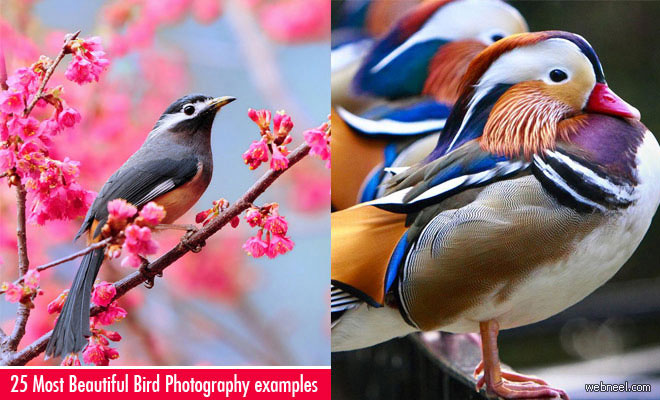
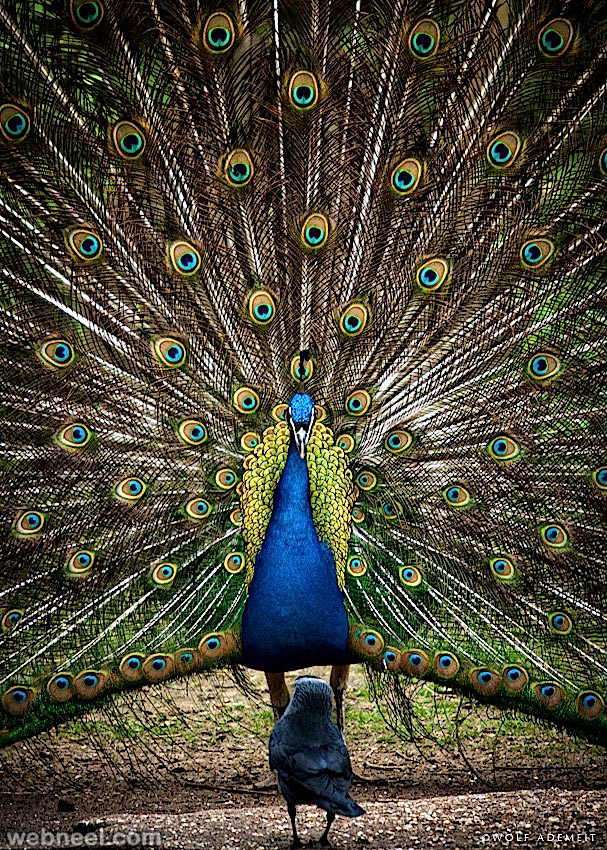 Bird Photography by tjandra
Bird Photography by tjandra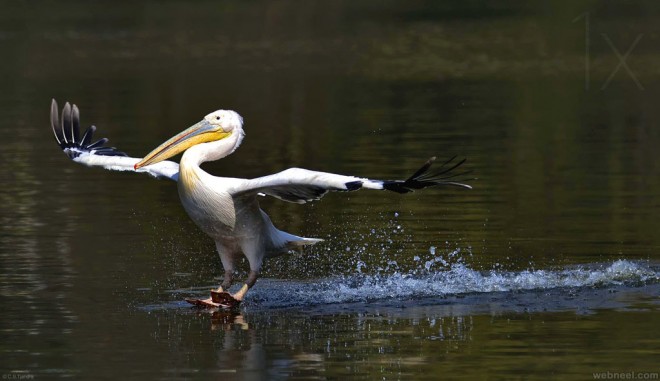
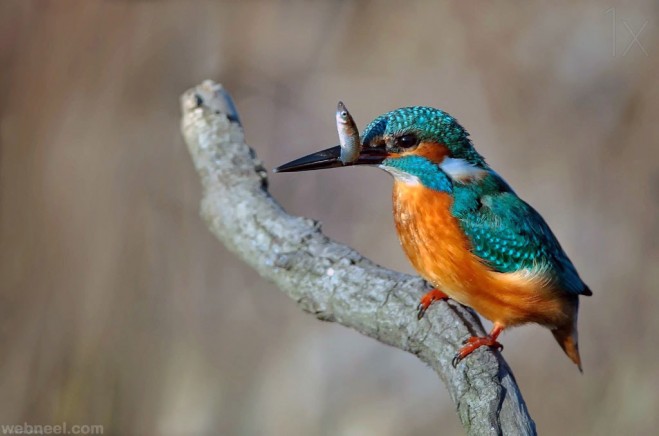 Bird Photography by marina-cano
Bird Photography by marina-cano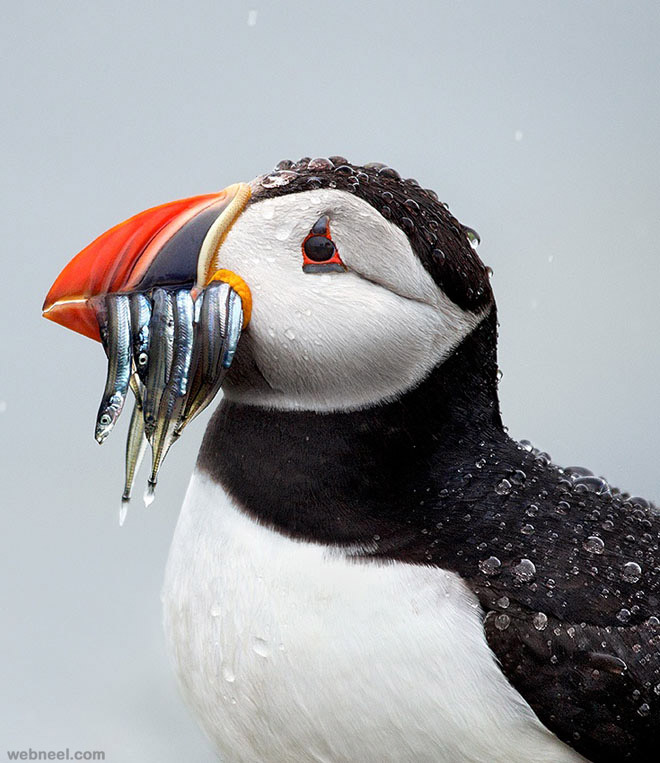
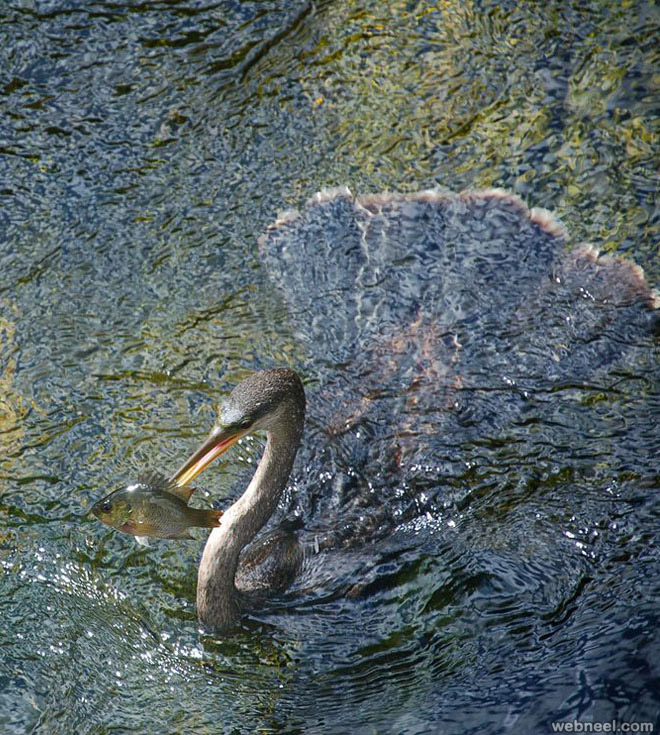 Bird Photography by andres
Bird Photography by andres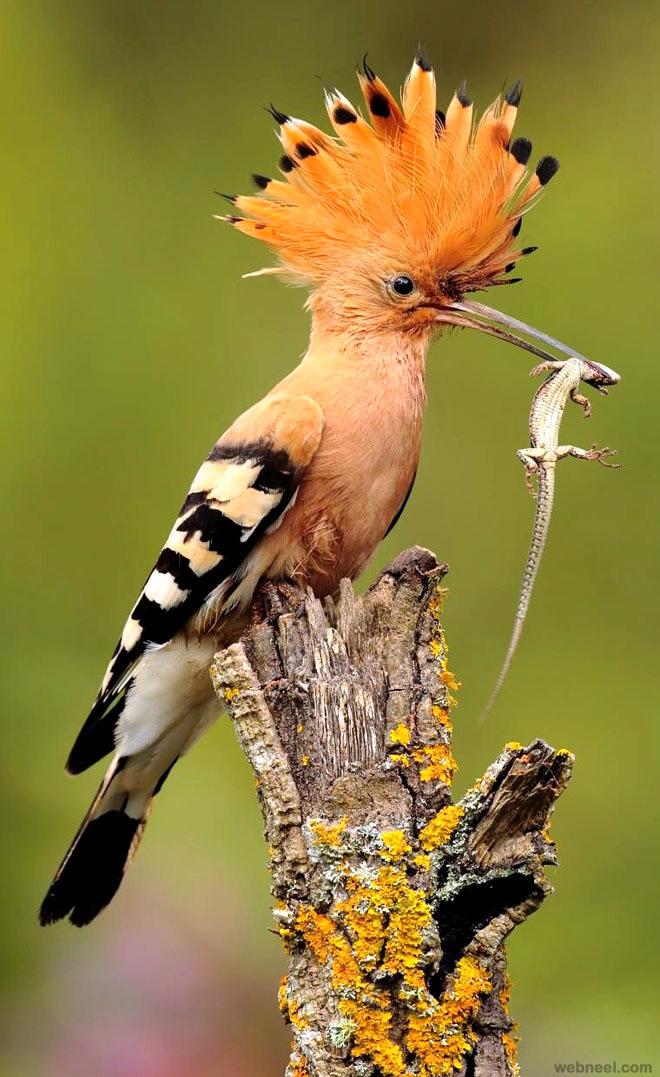
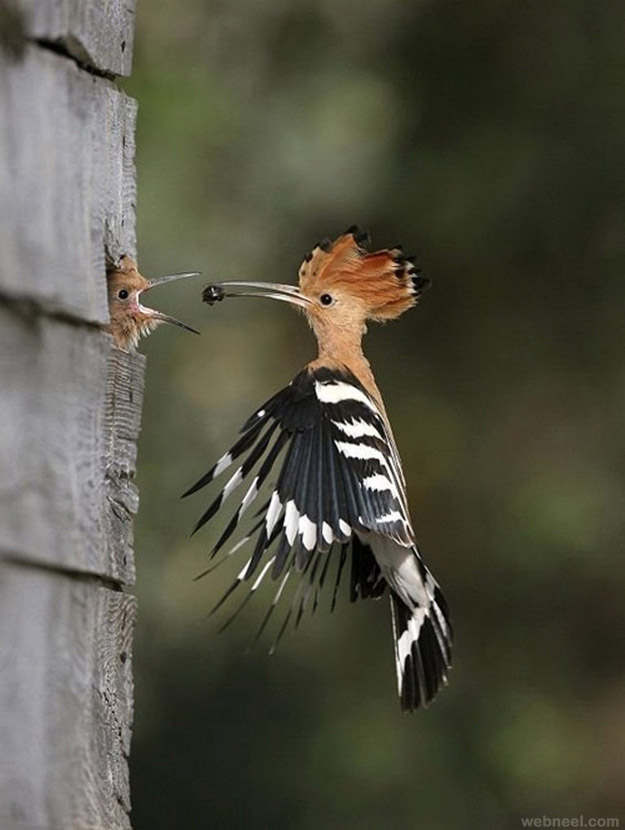
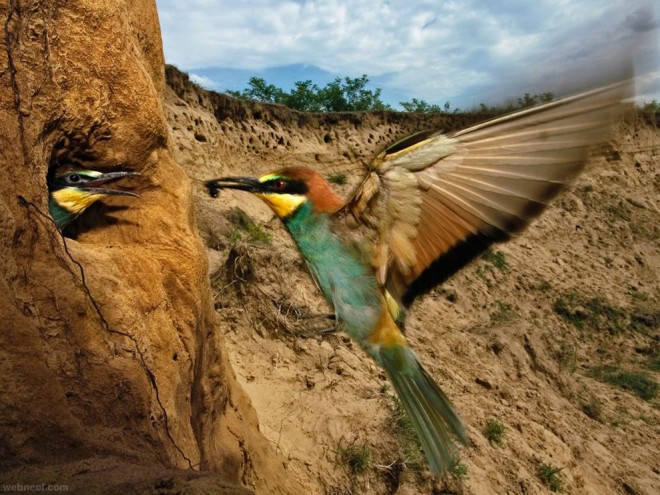
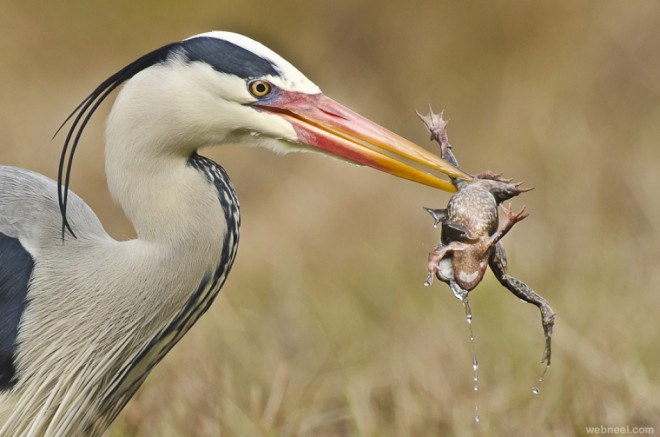
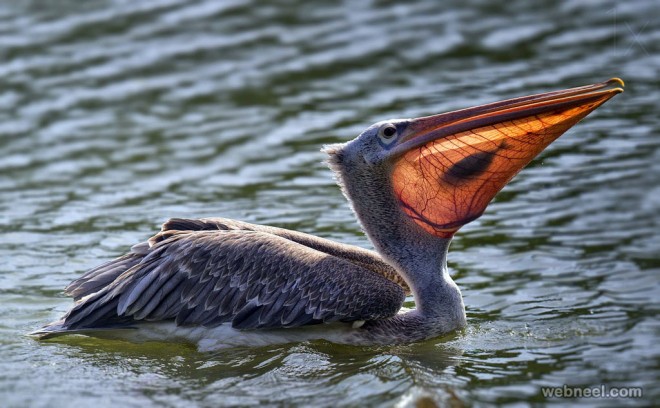
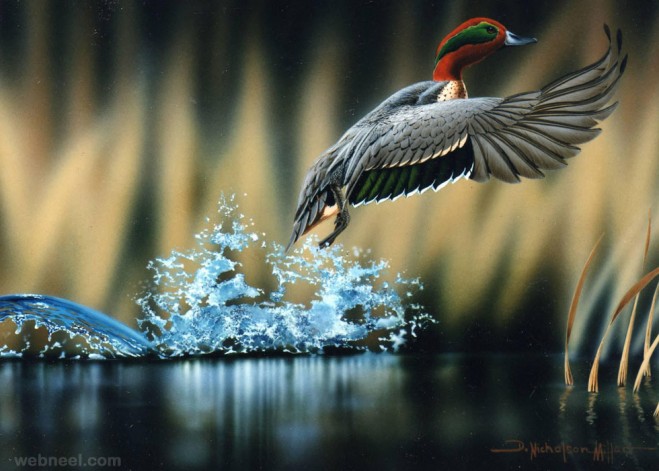 Bird Photography by hungarian
Bird Photography by hungarian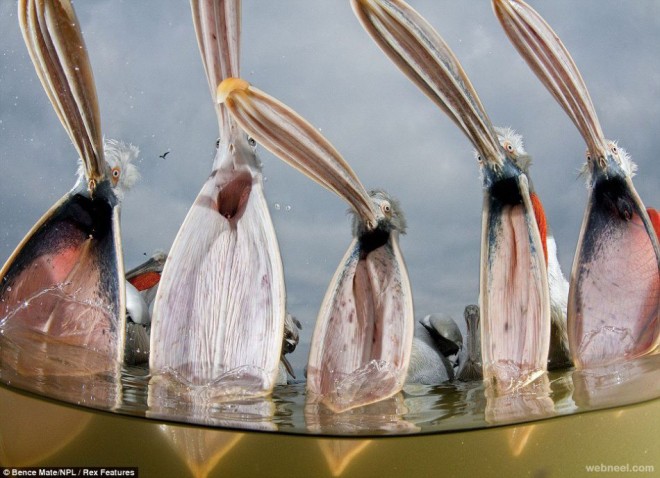 Bird Photography by christopher
Bird Photography by christopher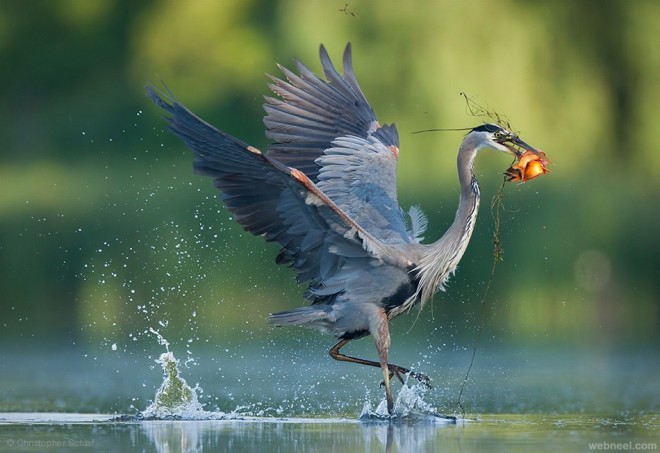
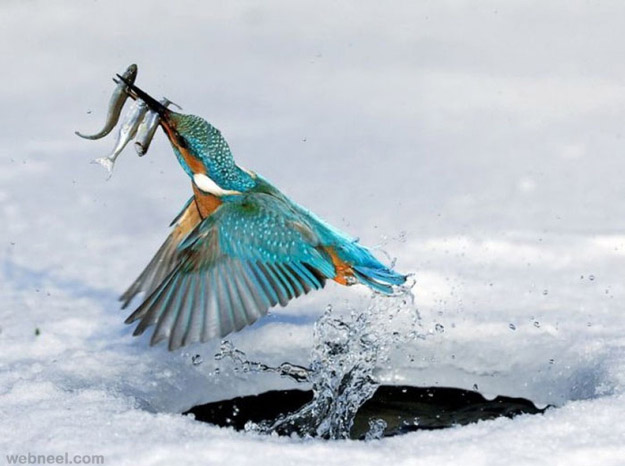
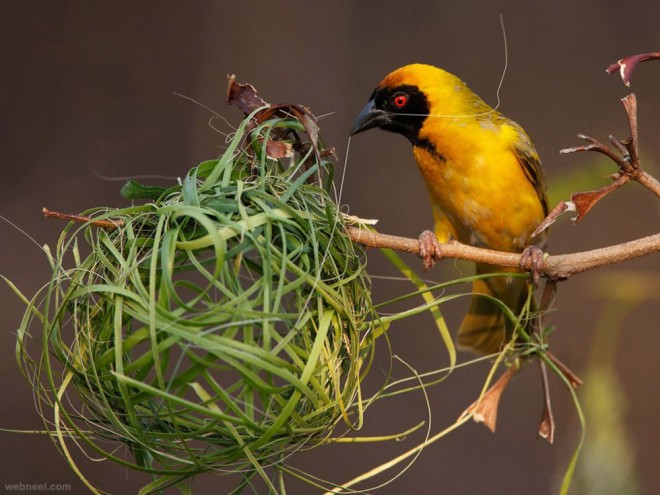 Bird Photography
Bird Photography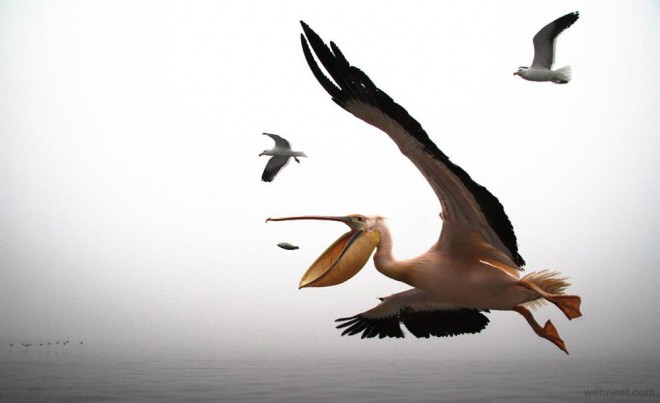
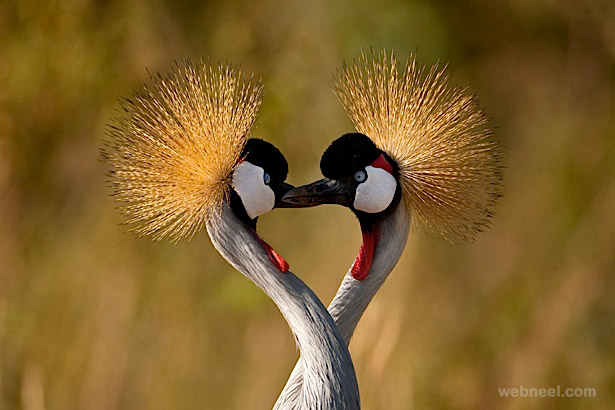
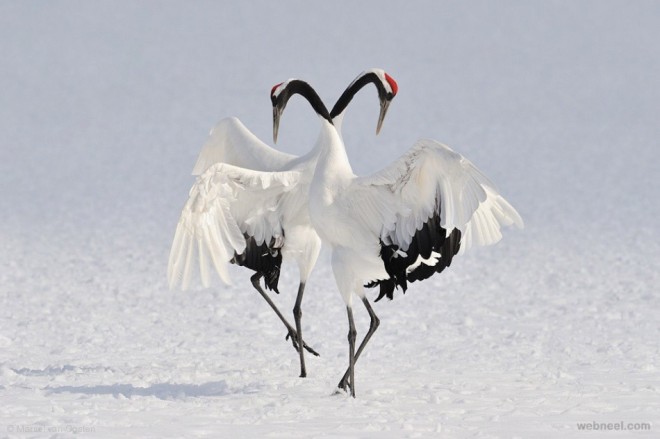
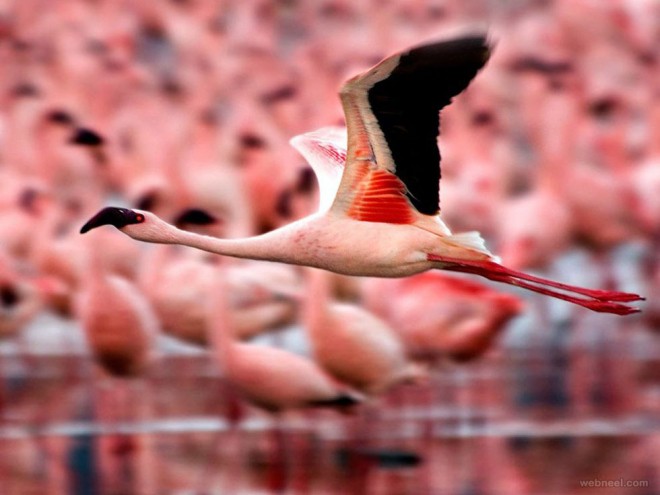 Bird Photography
Bird Photography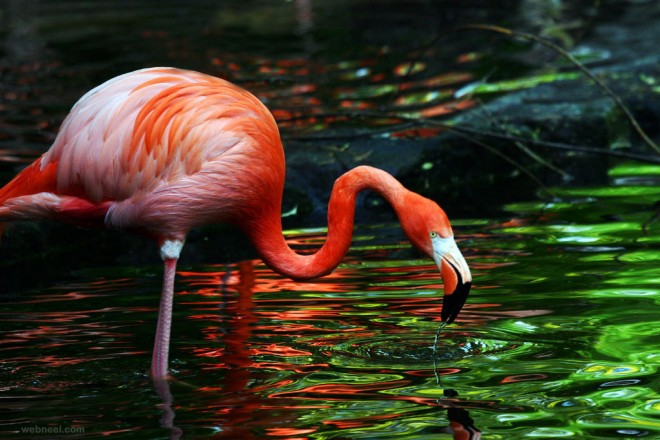
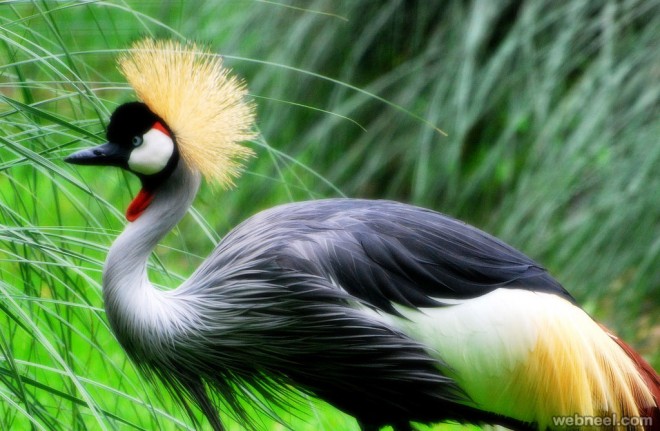
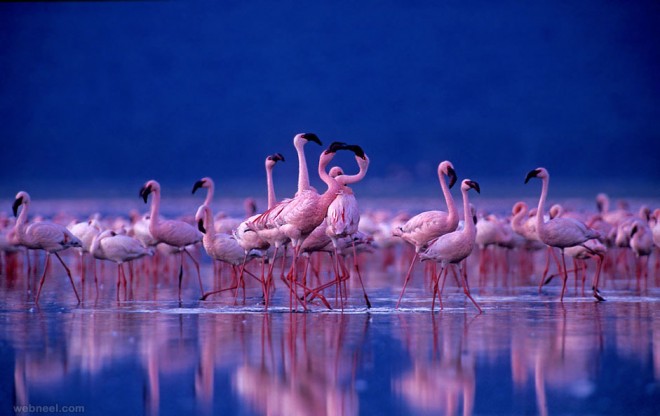 Bird Photography
Bird Photography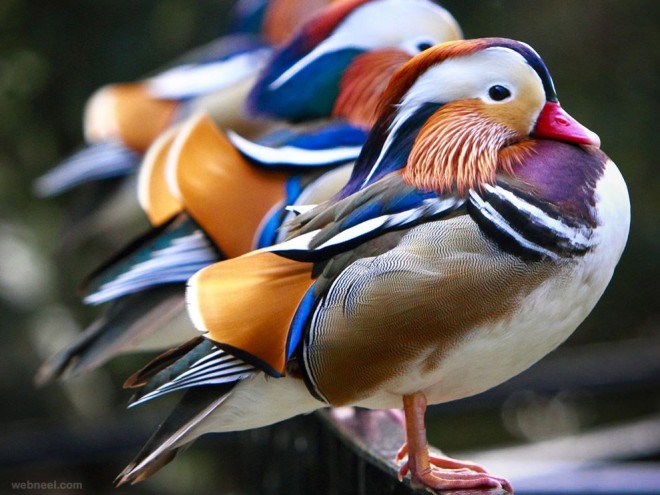
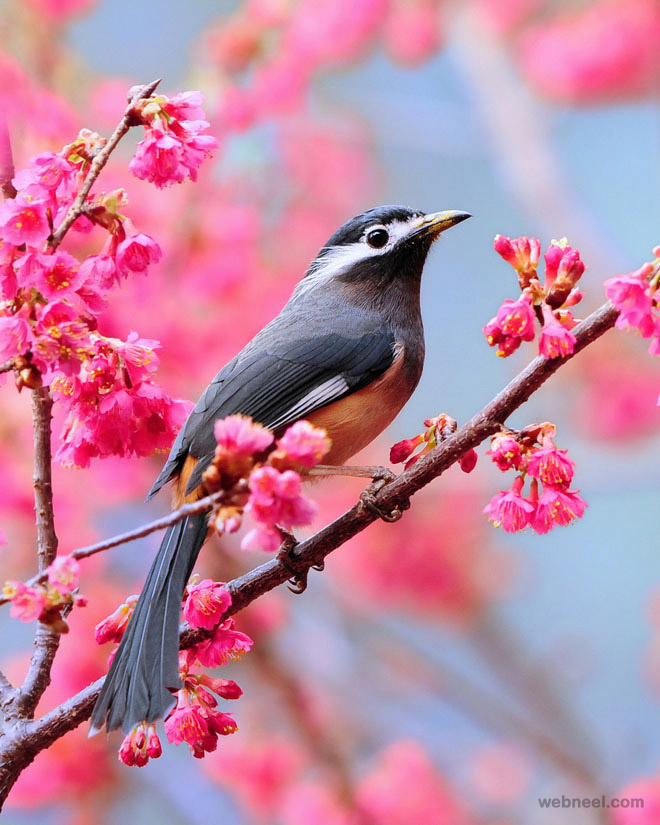
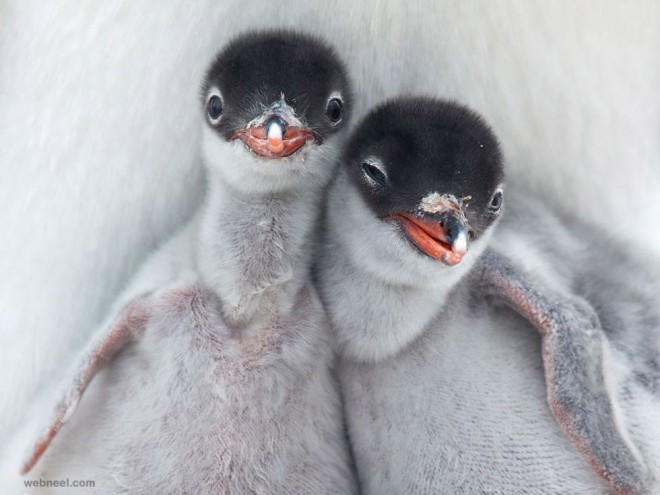
1. Location: Take a trip to your wildlife centre. Try to find a great locations with a variety of species and big hides ideal for any keen bird photographer.
2. Lens choice: If you get too close you’ll scare the birds so you want to use a telephoto lens to fill the frame with your feathered subjects. You don’t need the most expensive lenses to get top shots. Canon has a range of affordable and lighter (so easier to shoot handheld without needing a monopod or tripod) L-series lenses suited to smaller EOS camera bodies.
3. Come in close: Focus on individual flocks in a scene for a neater shot, otherwise the eye will be left to wander awkwardly around the frame with no clear focal point to fix on to.
4. Timing: Timing and patience is key to photographing birds. Position yourself so the background behind your chosen bird contrasts or complements the subject, and then wait until other birds or distractions have moved away before grabbing the shot.
5. Shutter speed: Use the semi-auto Tv (Time value – aka Shutter Priority) mode. Set your shutter speed while your camera automatically sets an aperture for a standard exposure. Birds are fast-moving, twitchy creatures. You’ll need to use a fast shutter speed to freeze their movement and obtain sharp shots – too slow and you’ll end up with blurred images. Aim for shutter speeds between 1/500-1/1000 sec. You should also be aware that when shooting in Tv mode, if your shutter speed is slow, your aperture will become narrower. It will increase depth of field and keep more of your backdrops in focus – which means your birds won’t stand out in the scene as well as when using a wider aperture such as f/5.6.
6. Habits: Study different birds and watch their behaviour to catch an original shot that reveals the true character of your feathered subjects. See if they’re doing anything interesting – preening in the water, balancing on one leg, twisting their head into a unique pose, or perhaps singing – which will help to make a better shot.
7. Crop factor: Canon EOS D-SLRs come in three different flavoured sensors – APS-C/1.6x crop factor (eg 450D, 60D and 7D), APS-H/1.3x crop factor (eg 1D Mk IV) and full-frame/no crop factor (eg 5D Mk II and 1Ds Mk III). These crop factors affect sensor size and also effective focal length (EFL). For example, a 18-200mm lens on a 450D has an EFL of 29-320mm. So you lose out on the wide-angle end, but you gain on the telephoto end – which is a bonus for shooting wildlife when you need to get close!
8. Focus: Your Canon has three main autofocus (AF) modes: One Shot AF for shooting subjects that aren’t moving, AI Servo AF for tracking and shooting moving targets and AI Focus AF, which aims to automatically switch been One Shot and AI Servo if your subjects can’t make up their mind! For photographing birds in flight switch to AI Servo AF to help keep up with the bird. In this mode the AF beep doesn’t sound when you’ve achieved focus, so you need to trust your camera. Use AI Servo with High-speed continuous drive mode and you’ll capture winning shots!
9. Extend: Extenders can affordably increase the reach of Canon EF telephoto prime and zoom lenses. If you use an EF 1.4x Extender on a 500mm lens it transforms it to 700mm. Extenders are only compatible with some lenses, such as the EF 70-200mm f/4L and fixed- length L-series models over 135mm.
10. Hide away: Finally you don’t want to scare the birds so make sure you keep your distance. You can either hold back or sit closer to the birds in a hide. Use slow movements and be patient – the birds will come to you!
































